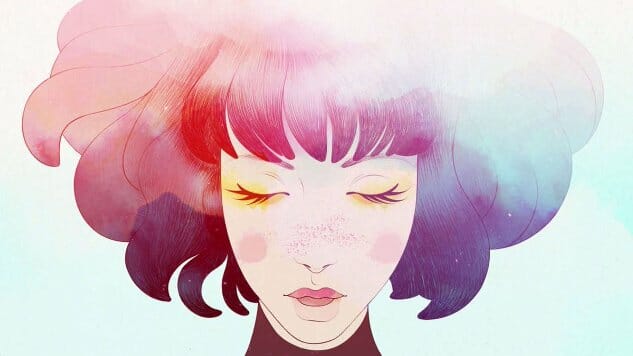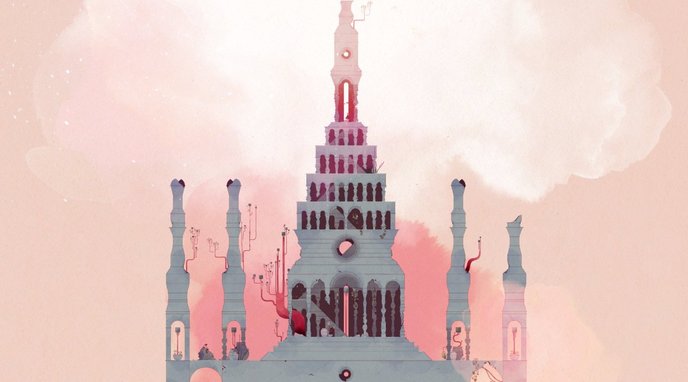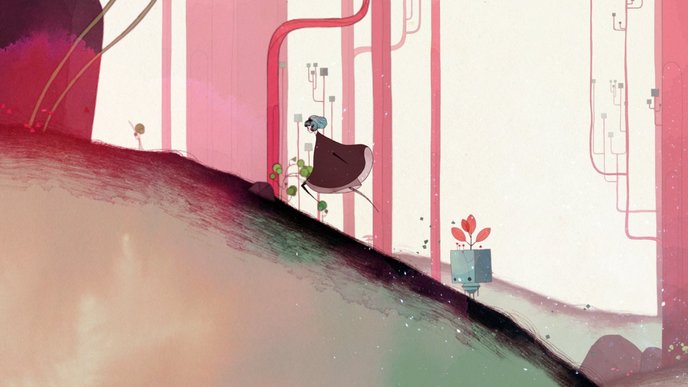
The first thing you notice about Gris is the art style. It looks like a moving painting, a watercolor come to life, with animation as seamless and supple as anything seen in a Disney movie. It looks amazing. Eventually you realize that attention to detail extends past the aesthetic and the animation. Gris’s visual confidence isn’t just confined to what it puts in front of the game’s camera, but in how it uses that camera altogether. Gris’s camera doesn’t move for motion’s sake, but reinforces the game’s themes with its zooms, closeups and pans.
As you travel through the world of Gris, the camera will zoom in or out depending on your environment. It usually maintains a respectful distance from your character, solidly focusing on her but with enough space for you to get a sense for her world and how she fits into it. That distance will grow or shorten as you discover new areas, and as the camera moves it changes not just your character’s relationship with the game world, but your relationship with her.
The camera changes not just the scale of the game world but of your character’s comfort within it. When you stumble upon crumbling towers and bridges the camera zooms far out, with these man-made structures dwarfing your character. That distance that the camera creates disconnects you from these buildings, emphasizing not just their size but how artificial they are. They impose unnaturally on their surroundings, and in turn feel alien and unnatural to both you and your character. Pulling the camera out so far disorients and diminishes you, heightening the discomfort that courses underneath Gris.
When you walk over sparsely wooded hills or enter a green forest, the camera zooms in tightly upon your character. It limits what you can see on the map, but paradoxically makes this a less confusing and more comfortable place to explore. Compared to the hulking temples made by man, the untamed forest is warm and inviting, even if it is more unknowable than any building. Yes, there are dangers here—this is still a game—but when the distance between you and your character is cut dramatically, it makes you feel more at peace with both her and her world.
By zooming in and out like this, Gris uses the camera’s distance to influence your feelings and bridge the gap between you and the game. It turns the camera into another narrative tool, another way to manipulate you, without undermining the camera’s role as your trustworthy guide throughout the game. And it does it without any pomp or flash. The camera’s as elegant as every other part of Gris.
It’s a simple thing, a basic cinematic concept that you’d think would pop up more frequently in games, what with how much they rip off movies. Of course videogame cameras have to be user friendly in a way that film directors don’t have to worry about, which limits how they can be used. Gris is able to pull off a cinematic approach with understated grace, without drawing attention to its camera or inconveniencing the player. It’s just another reason why it’s such a beautiful game.
Garrett Martin edits Paste’s games and comedy sections. He’s on Twitter at @grmartin.

